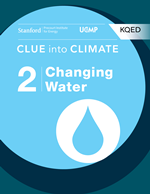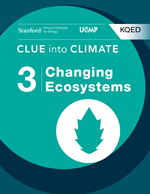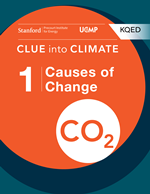Scientists around the globe have noticed that over the last 40 years Earth, as a whole, has been warming. This phenomenon, known as global warming, is affecting regional climates differently. For example, some regions may experience warmer summers, while other regions may see winters with heavier snowstorms.
A rise in Earth's average temperature isn't always immediately apparent. For example, some places still get snowy winters which might appear to contradict the idea of global warming. (Check out Andy Warner's comic to learn how global warming can actually lead to heavier snowfall). So, how do scientists know Earth is warming?
Scientists don't just look at one set of data; in fact, they analyze a whole body of evidence. One of the clearest indicators of a warming world is change in the Arctic. There, slight increases in temperatures can be the difference between ice and liquid water. Increasing temperatures are leading to declines in glaciers and sea ice. Other indicators of a warming world include rising sea levels and increases in ocean heat.
http://https://youtu.be/5siikA1ghmo
Watch the video above (and pause to read) to learn more about the evidence that supports global warming.
Discussion Questions
- How do rising sea levels indicate a warming world?
- How do shrinking glaciers and declines in sea ice indicate a warming world?
- How does an increase in ocean heat content indicate a warming world?
- What does the temperature data graph in this interactive show?
This video explainer is part of our Clue into Climate collection of resources.
An interactive version of this explainer is featured in our Clue into Climate e-book series. Click on the tabs below to download our free e-books and subscribe to our iTunes U course. You can also visit our e-books page to view our other offerings.

Learn about how climate change influences precipitation patterns and how it impacts our frozen landscape.

Investigate shifts in the distribution of plant and animal species due to climate change, and the effects of increased carbon dioxide emissions on the ocean.

